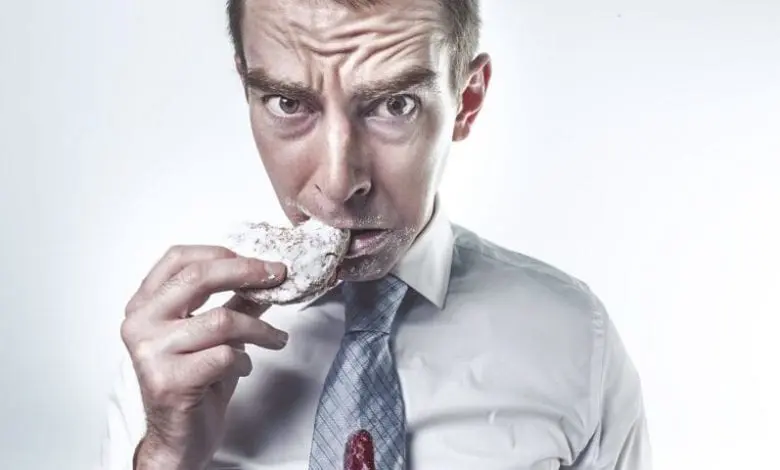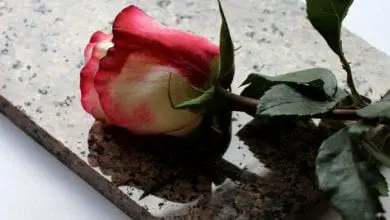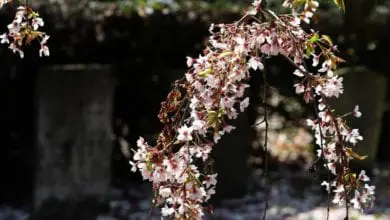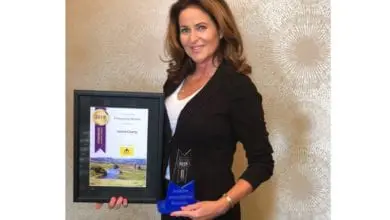Ashes to ashes, dust to dinner

To most, the idea of consuming a loved one blended into a packet of crisps and a bottle of coke is a ridiculous proposal, however the practice of eating someone’s ashes – sometimes referred to as endocannibalism – does exist. Most people’s introduction to cannibalism began with the 1991 film, Silence of the Lambs, following the human-munching adventures of Hannibal Lecter as he prepared gourmet meals using his victims.







